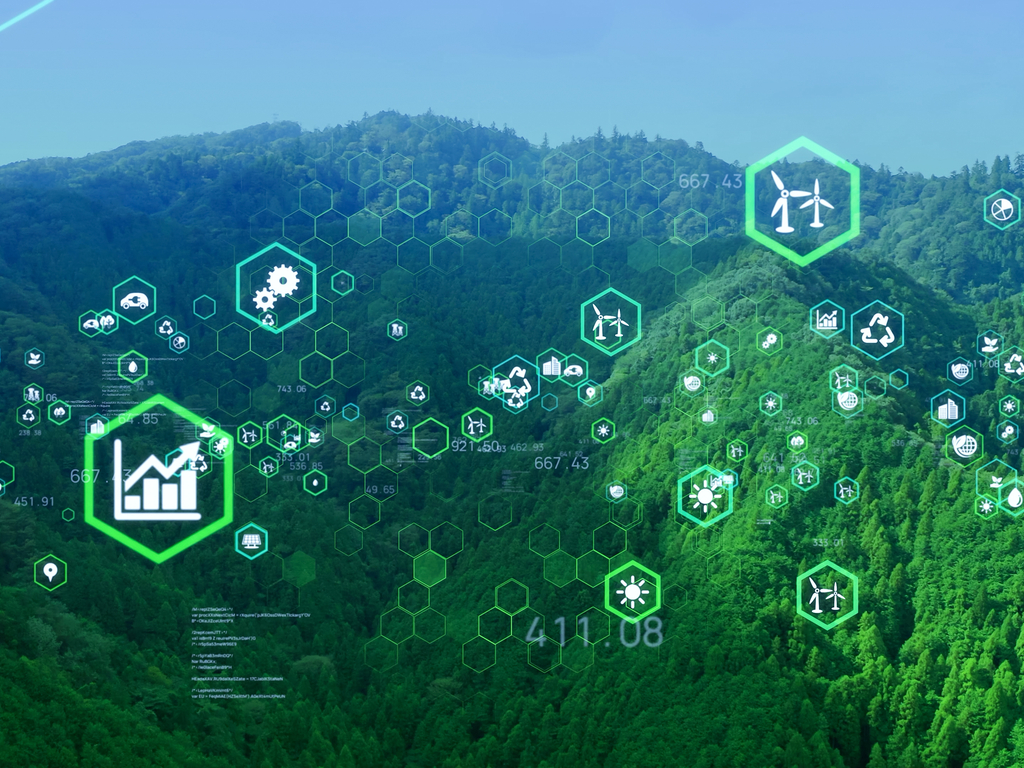Anahit Karapetyan, analyst of the “Enlight” Public Research Center NGO (Armenia)
In late March, 2021 OECD issued a report “Sustainable Infrastructure for Low-carbon Development in the EU Eastern Partnership”. The report analyses planned infrastructure projects, decision-making frameworks related to infrastructure development and strategic planning documents in the six countries of the EU Eastern Partnership: Armenia, Azerbaijan, Belarus, Georgia, Moldova and Ukraine.
Prior to the COVID-19 pandemic, the countries of the Eastern Partnership had experienced rapid growth and, in many cases, begun undertaking sweeping market reforms, the report reads.
The current infrastructure gap in EaP countries combined with the economic downturn resulting from COVID-19 represent a major challenge in the region, but also an opportunity to promote infrastructure projects that will boost investment and employment while contributing to progress towards long-term objectives of the Paris Agreement and the Sustainable Development Goals (SDGs).
StrategEast has interviewed major experts from EaP countries. Here are the answers from an Armenian expert.
Do you consider the infrastructure projects planned and under construction in your country fully support country’s long-term development and climate objectives? Do you believe your country needs to improve the integration of climate change and other environmental concerns into infrastructure development decision-making processes?
According to the WEF infrastructure index, Armenia is the 60th among 141 countries. Compared to other middle-income countries, the Eastern Partnership (EaP) countries have a fairly high level of utility infrastructure, but the quality of transport infrastructure is relatively low, except for railways, which are relatively good in the region.
The Republic of Armenia continues to take purposeful steps towards the continuous implementation of the goals of sustainable development. In this respect, the steps taken towards the implementation of the Sustainable Development Goals 6,7,8 and 9 are more significant (clean water, sanitation, Mattel and clean energy, decent work and economic growth, Industry, innovation and infrastructure).
Although, there are some problems in the field. Particularly, in remote regions of Armenia, there are still problems with the round-the-clock drinking water supply and drainage network. Such projects do not seem attractive to private investors, which leads to disproportionate development of the regions.
Hazardous gases emitted into the atmosphere in Armenia are mainly generated from the energy and infrastructure sector. Among the projects currently being implemented and designed are the Masrik-1 and Masrik-2 projects (industrial-scale solar photovoltaic power plants), which provide a new opportunity to generate clean energy while reducing the risks of environmental change.
As for the transport infrastructure, the construction of the North-South transport corridor should be singled out as a large and important project. Moreover, the construction of Tranche 3 (Talin-Lanjik), about 46 km long, is already nearing completion.
We believe that if the above-mentioned programs are implemented and completed, the quality of life will visibly increase, at the same time the rate of environmental pollution will decrease and the balanced development of the communities will be ensured.
Thus, there are only clear benefits for Armenia and its citizens in terms of the development of sustainable infrastructure and mobility.
- From an environmental perspective, greenhouse gas (GHG) emissions will be significantly reduced.
- Armenia will have energy security and maybe also financial benefits (in this case there is a need for cost and benefit analysis/comparison), because Armenia imports all its fossil fuels, a significant portion of which is used for transportation.
- Reduction of noise pollution: Nowadays noise pollution is concerning in the downtown capital Yerevan.
- Creation of green jobs: This development will lead to a potential growth of green jobs and expansion of the engineering knowledge also to vocational jobs.
The Armenian Government has also the potential to tap into financing facilities for upgrading and electrifying its public transport through climate and environment funds available from the Green Climate Fund (GCF), European Investment Bank (EIB), European Bank for Reconstruction and Development (EBRD), Asian Development Bank (ADB), World Bank (WB), International Financial Corporation (IFC), KfW and others. But as of now, there are no concrete actions and work done in the direction of the establishment of sustainable transport infrastructure at least in the capital Yerevan.




